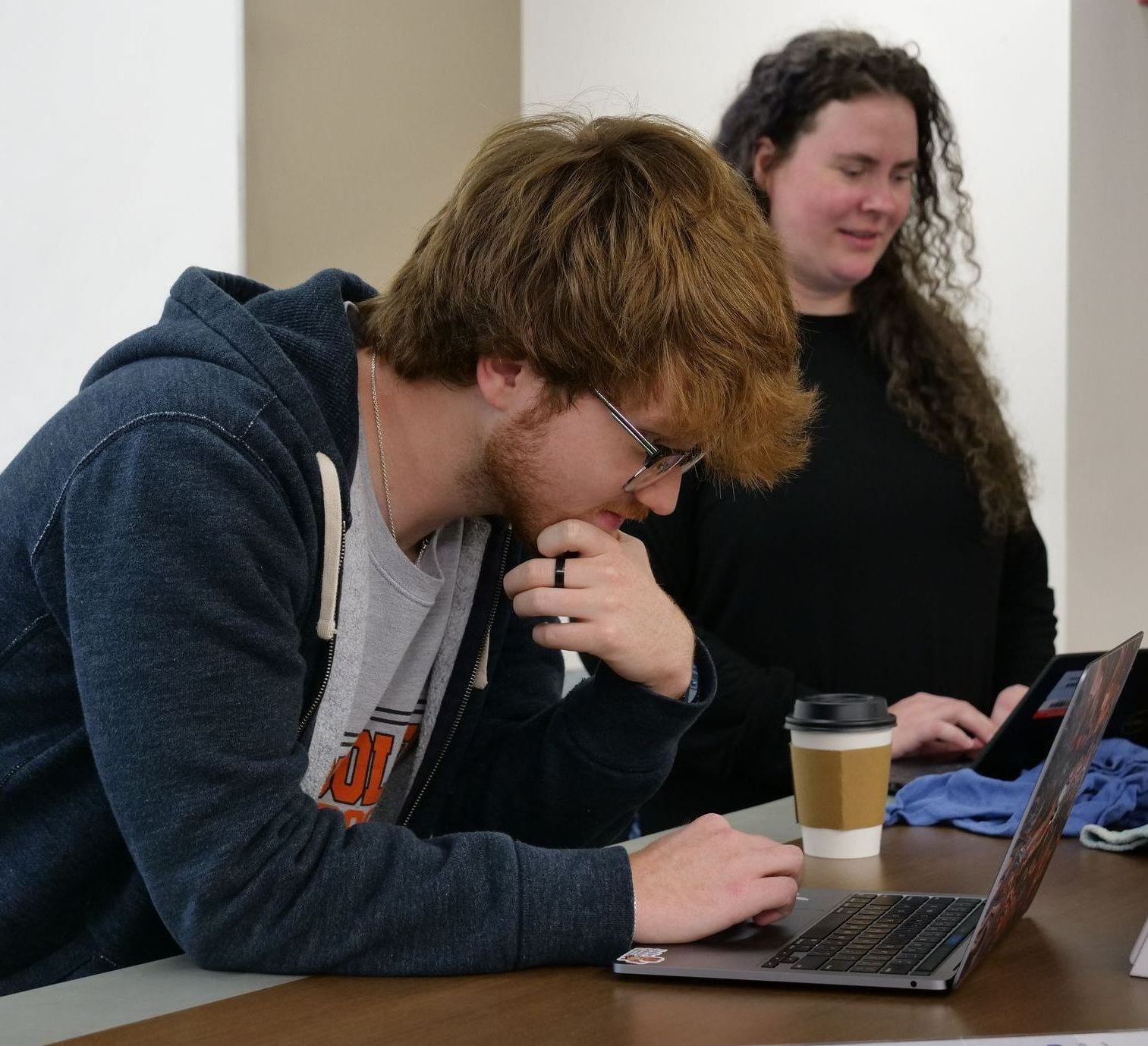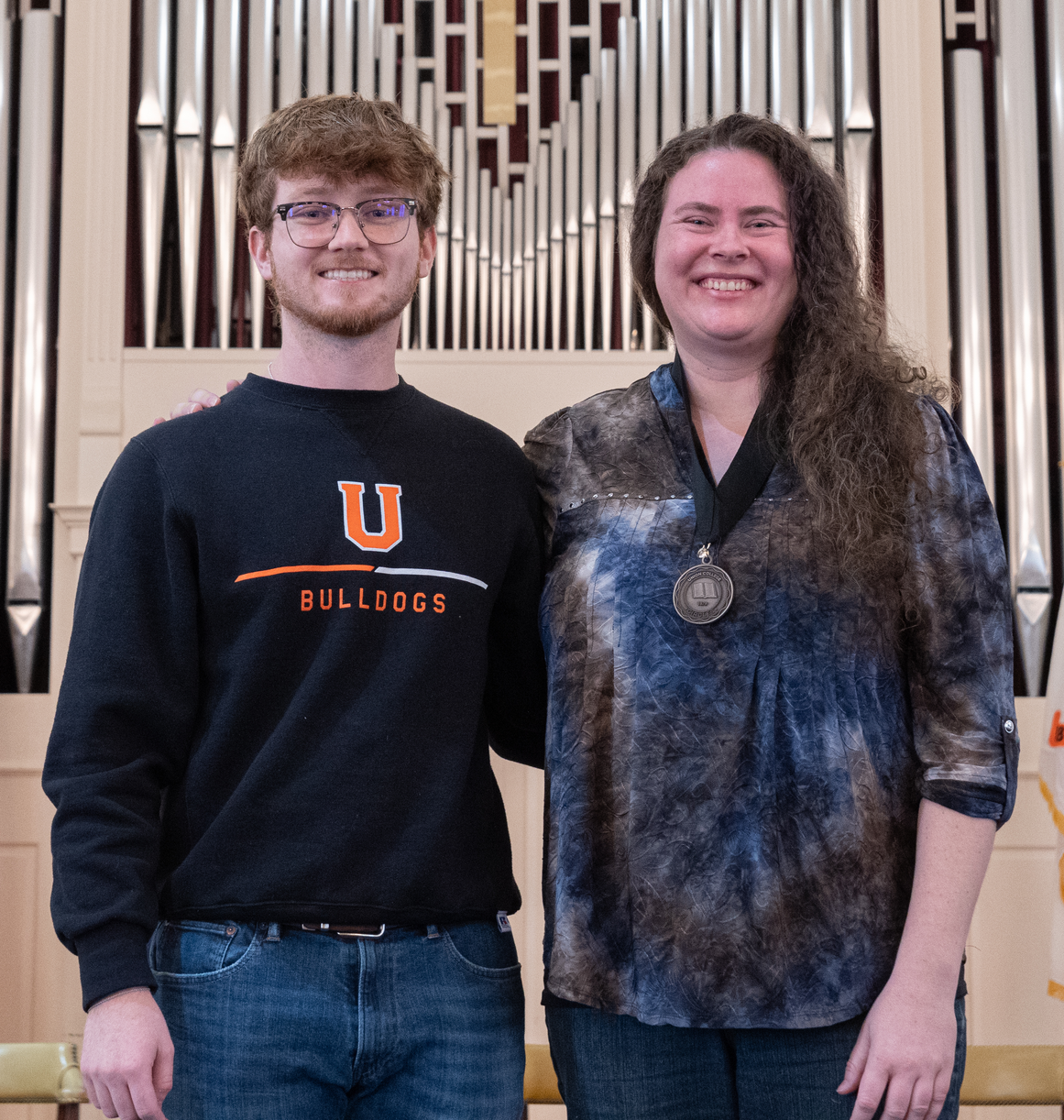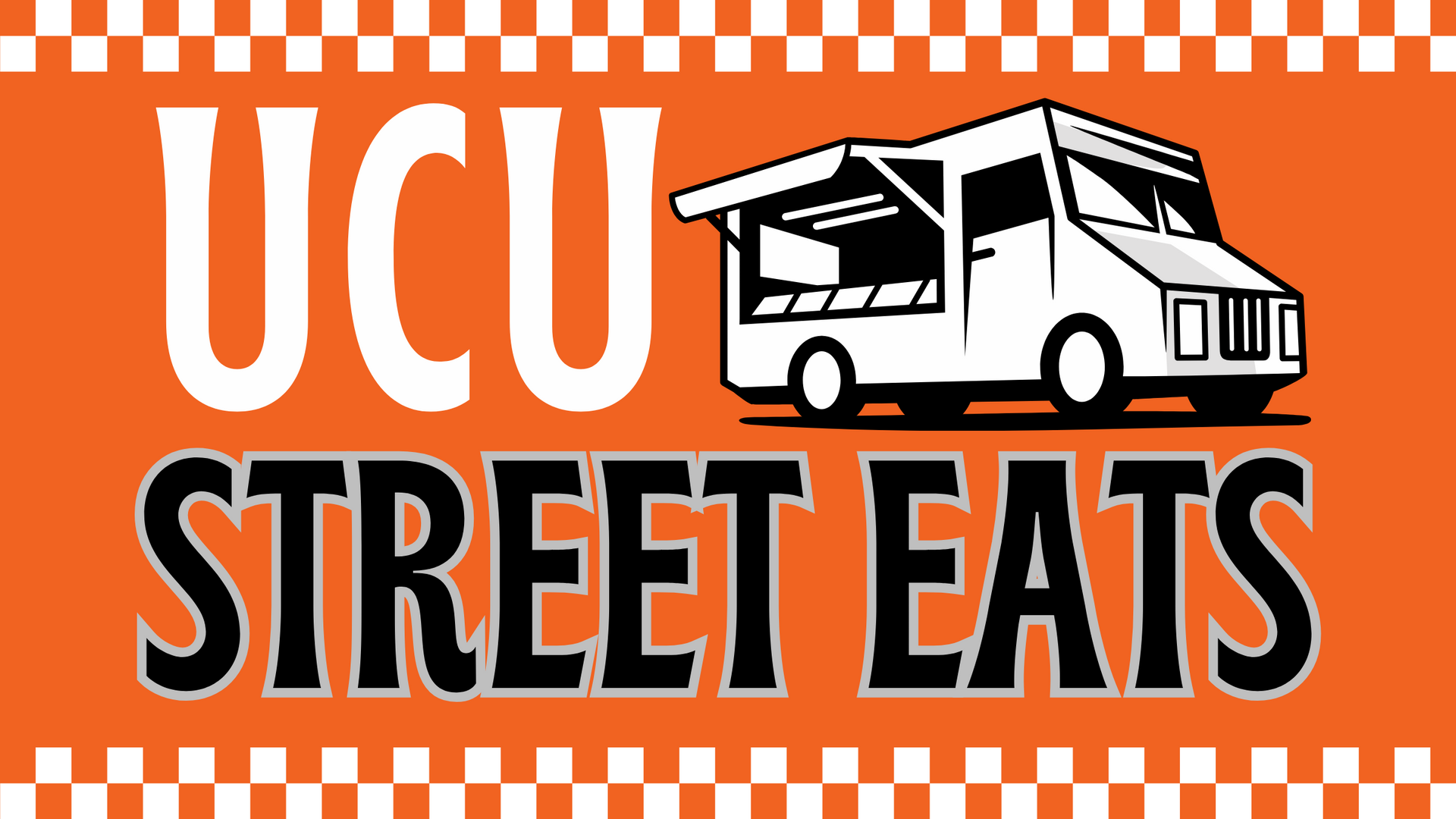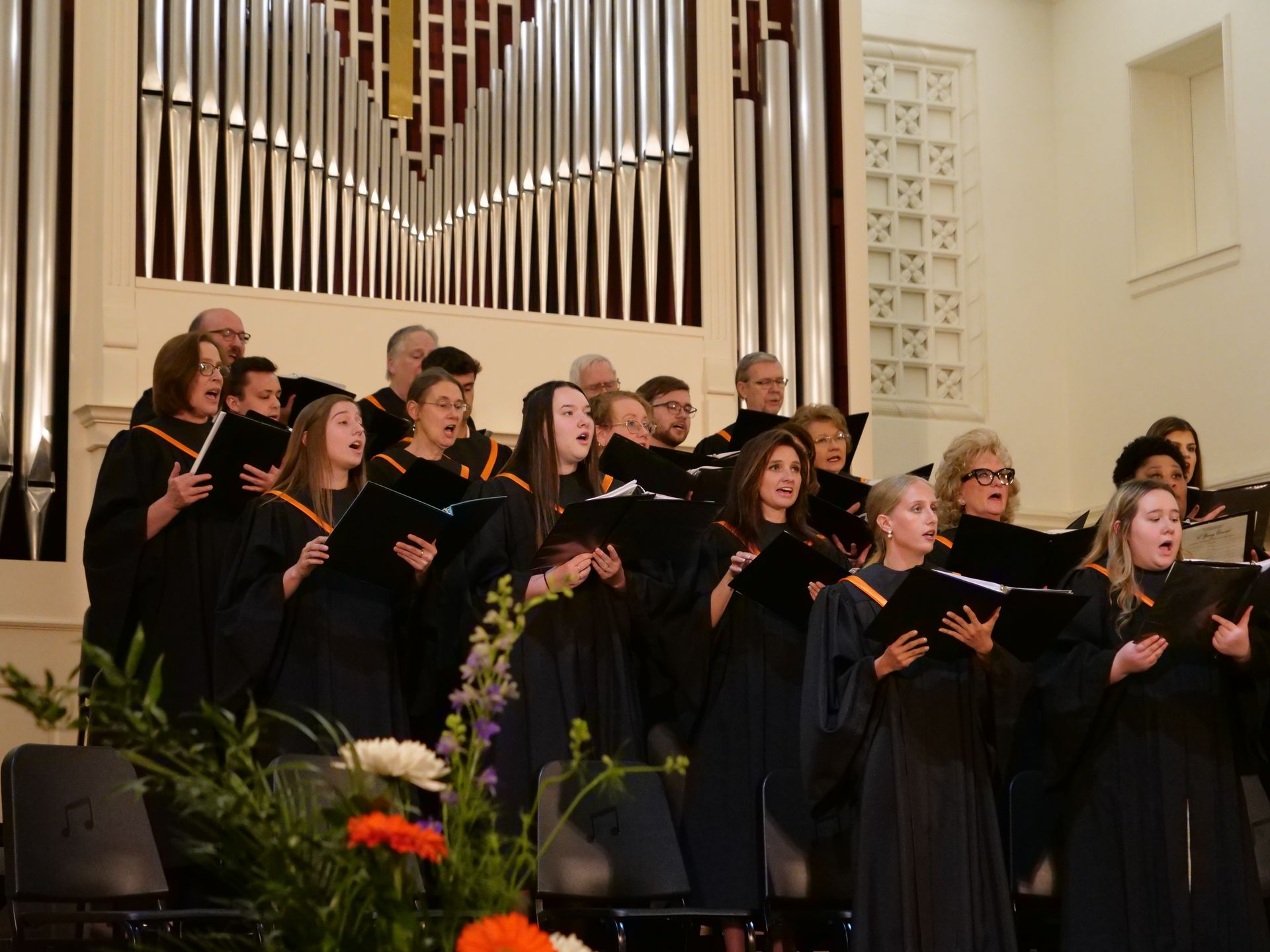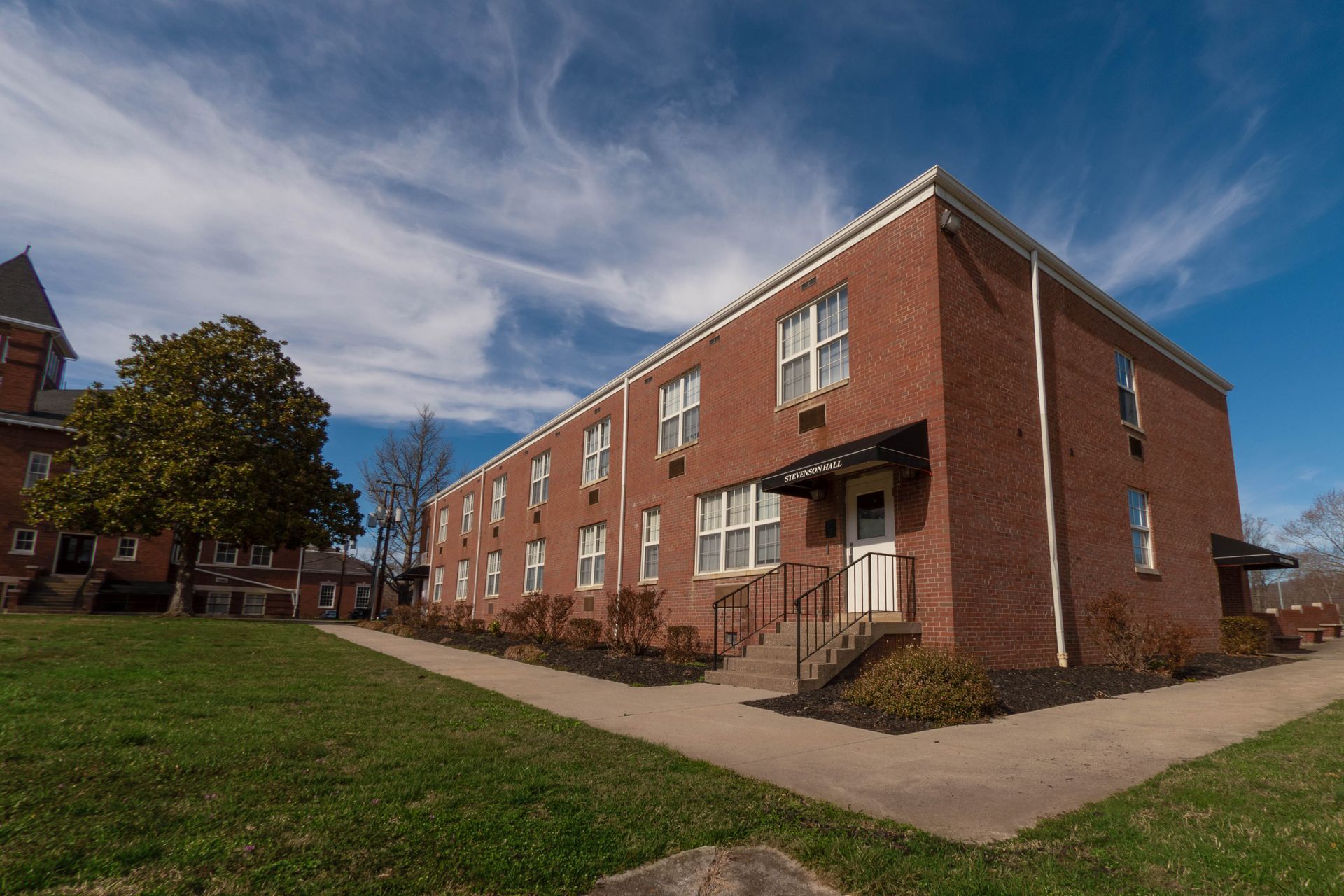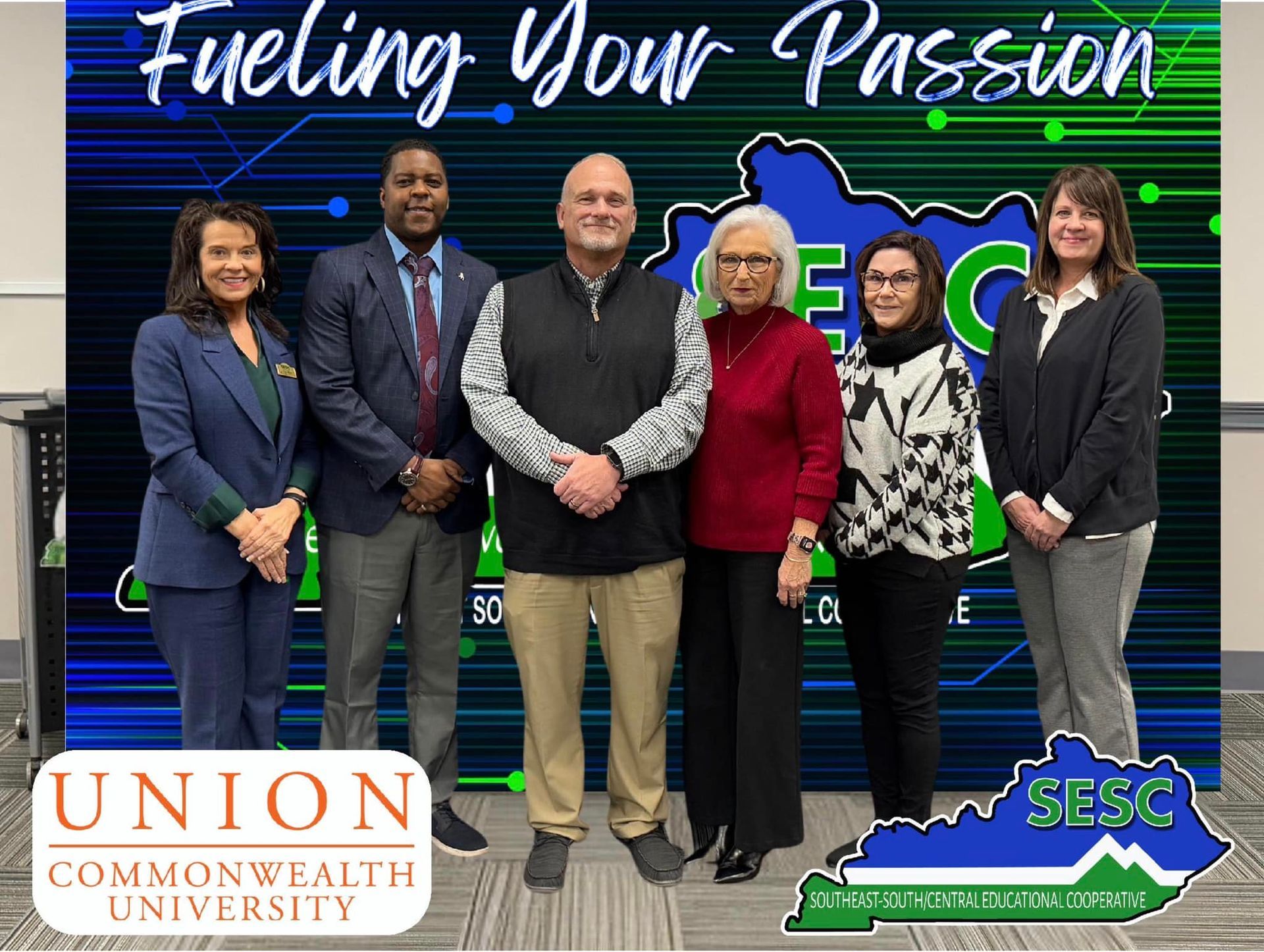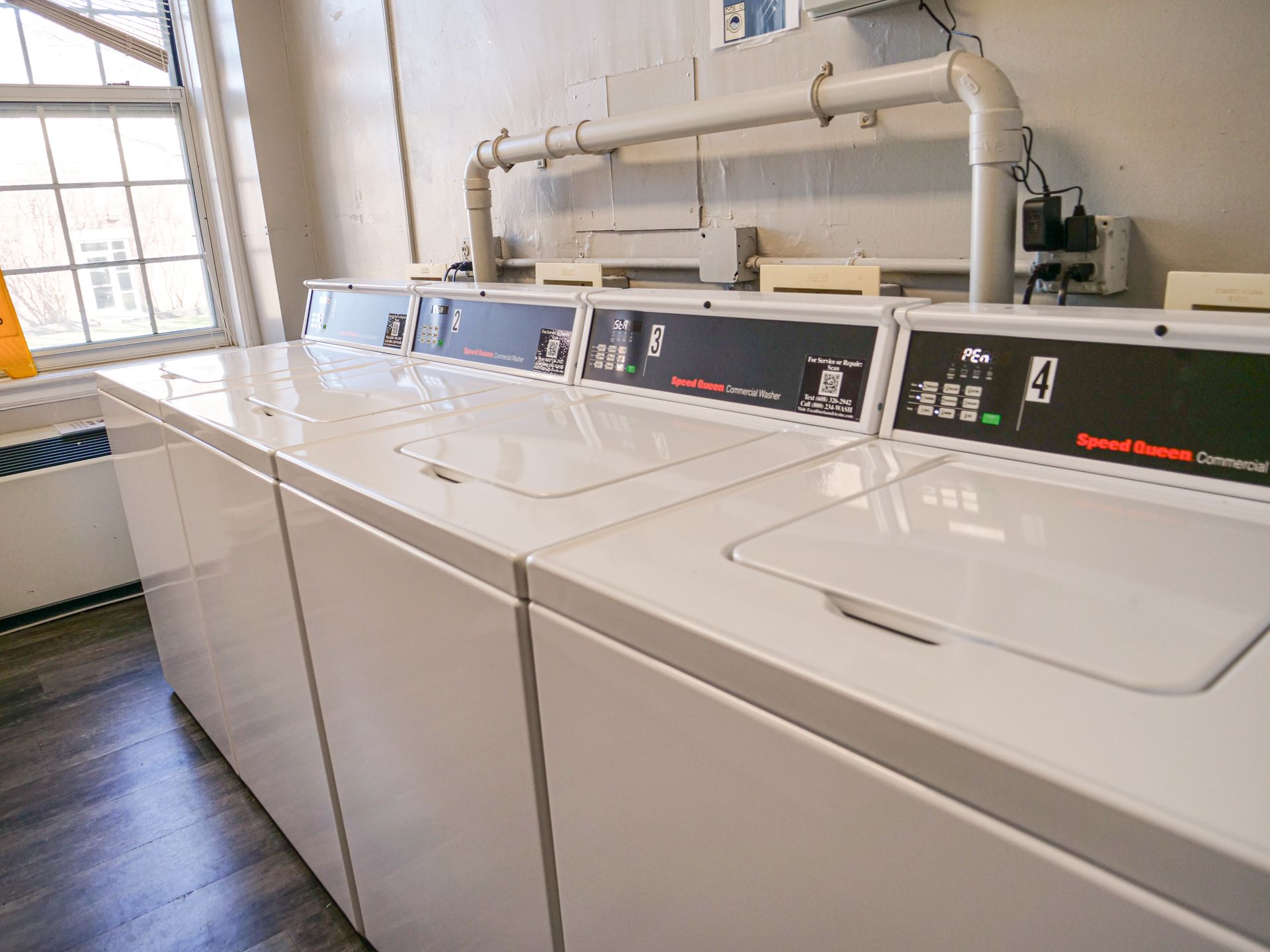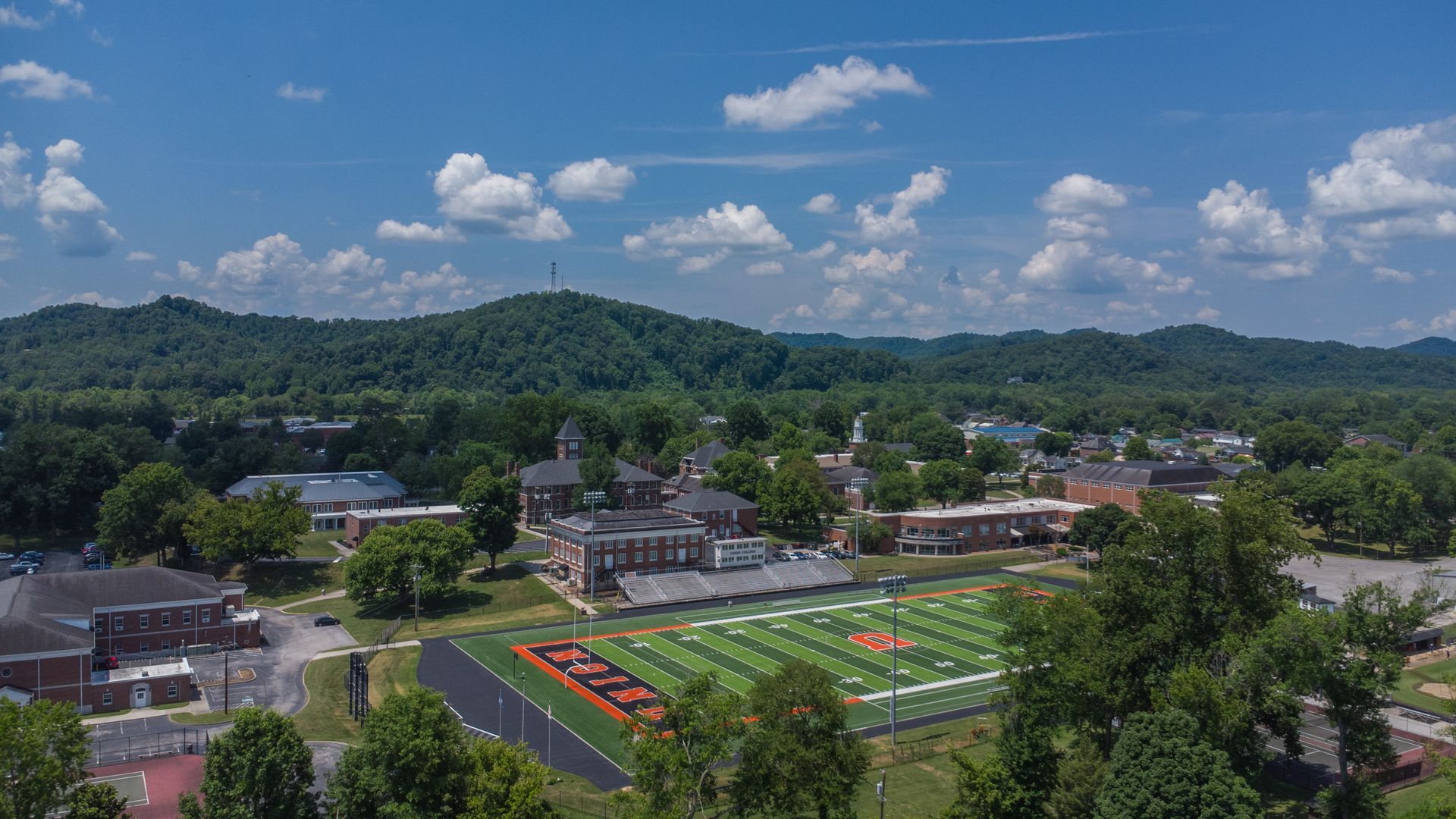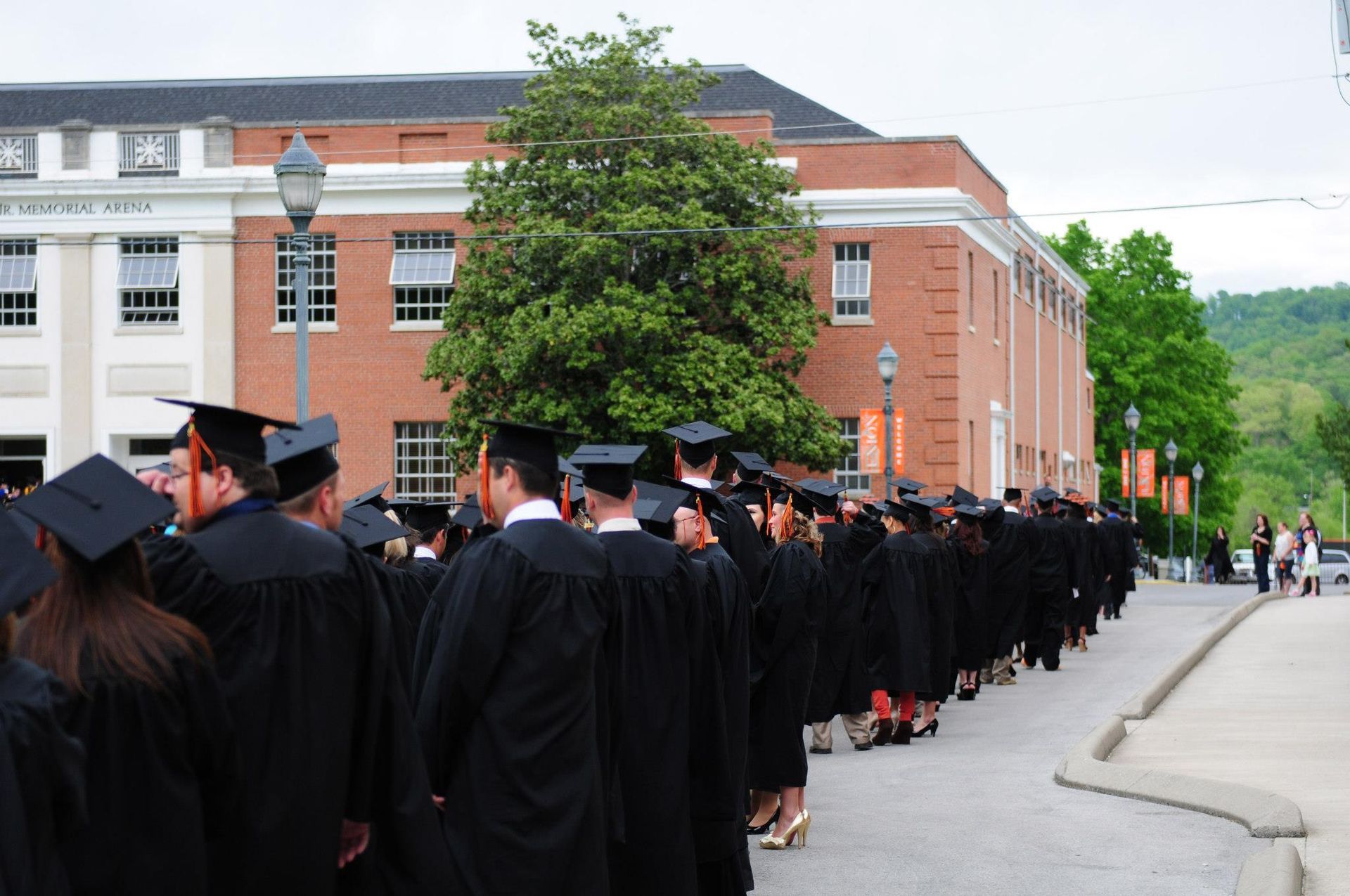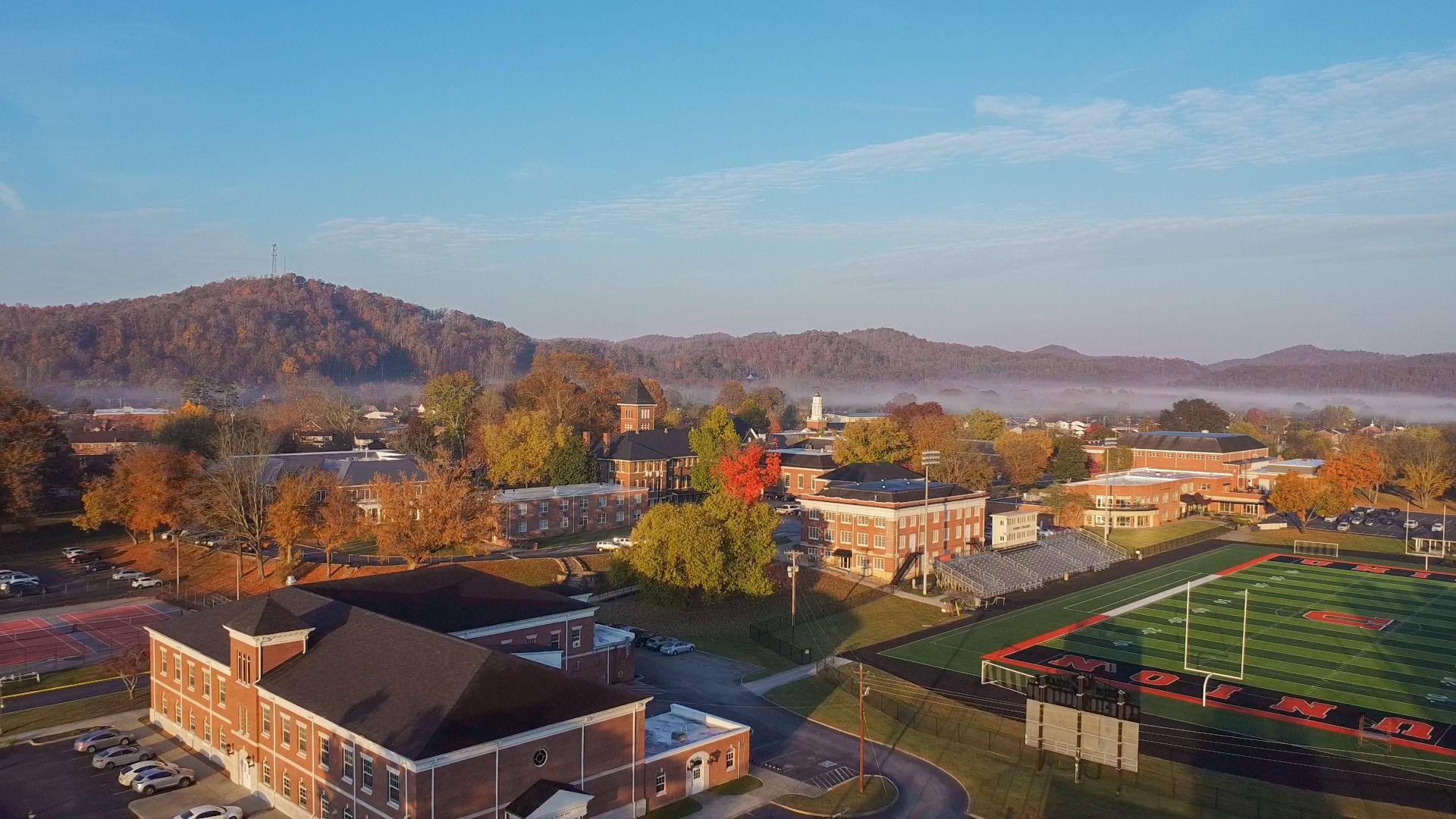“Once this dataset was published, it opened up the possibility to make new models that would be way more accurate on people of all skin tones, not just Caucasian people,” Ethan says.
The
is made up of 656 images of skin legions on patients with diverse skin colors. All diagnostic labels are confirmed by in-person evaluation as well as by the consensus of board-certified dermatologists. The DDI is publicly available, too, meaning that any dedicated programmer can work with it to try to make dermatological AI more equitable and inclusive. The task is to find the algorithm that can interpret the new data accurately.
“With image analysis and machine learning, there's all sorts of algorithms you can use,” Ethan explains. “Each one will perform better or worse than another based on what you're trying to use it for.”
Although machine learning was new to both Ethan and Libby, they dove into the project, driven by scientific curiosity. Throughout the semester, they met weekly to check in and troubleshoot.
“It was a lot of running into errors, trying to figure out what the errors mean, and then trying to fix the error, and then finding a new error,” Libby laughs.
This learning-by-doing process inspired Ethan to greatly expand his coding skills. He learned a coding language entirely new to him – Python – and improved fluency in the language he learned during the salamander project – R. He also learned the scientific typesetting language LaTeX, and delved into the machine learning packages, which Libby says is like learning another sort of dialect within the languages.
“It's really been fun to see Ethan come into his own as a programmer and get a bunch of knowledge under his belt and really increase his confidence,” Libby says.
As the weeks went on, Ethan realized the project would require more time than one semester. He was not able to get the result he had hoped for, but he is grateful for the experience and plans to keep working on it now that he has graduated and has a little free time before graduate school.
“It was a big effort, but I learned tons,” he says.
Ethan’s dream is to work as a biostatistician for the
or the
one day, where he can use his passion for coding to serve public health.
“He found something he really wants to do, and there’s a job market for it. I’m so excited for him,” Libby says. “That’s really the whole job here at AVͷ�Ȳ� – helping students find their vocation.”
Upon graduating from AVͷ�Ȳ� last week, Ethan
in recognition of the role she played in helping him forge his path. “She helped me get into research and ultimately figure out what I want to do with my career,” he says.
CIRCLES stands for AVͷ�Ȳ�’s key values of celebration, integrity, responsibility, civility, learning, engagement, and spirituality. Incoming freshmen receive the CIRCLES medallion as part of their welcome into the AVͷ�Ȳ� community. When they graduate, they give the medallion to the person they feel best represented those values and made a positive impact on them during their time at AVͷ�Ȳ�.
“Ethan’s done a great job,” Libby says. “This is novel research, and it takes time.”
“I'd like to thank the ACA for backing this research project,” Ethan says. “They gave me the chance to further my coding skills, and it's been a really great experience. Thanks to Libby for working with me; this was brand new to both of us, but she decided to jump into it. And thank you, AVͷ�Ȳ� College.”
“I will continue to work on this project,” Ethan continues. “My goal is to try to create a model that can accurately diagnose skin cancer in people of all skin tones.”
AVͷ�Ȳ� College is a private, liberal arts-based institution with a student-faculty ratio of 15 to 1. Small classes and the ability to work closely with faculty and staff provide students with a personal, individualized education aimed at helping them discover their passion, their purpose, and their path.
To learn more about Ethan’s work see
. To learn more about Libby’s work, see
. To learn more about the Ledford Scholars program, see
.

